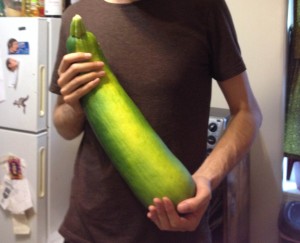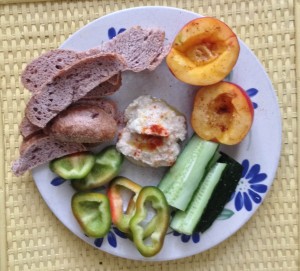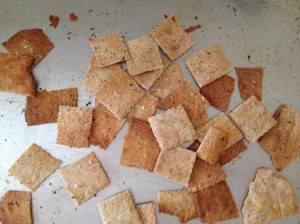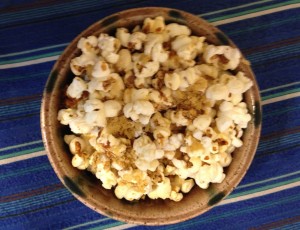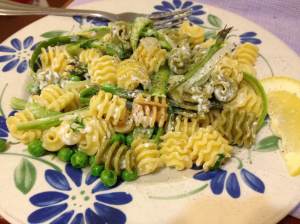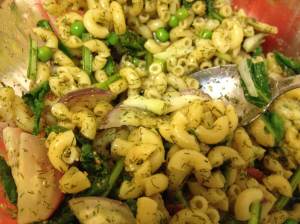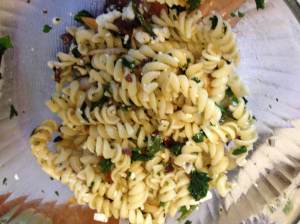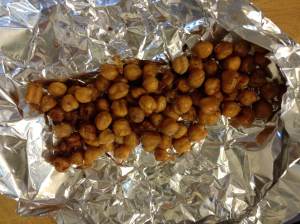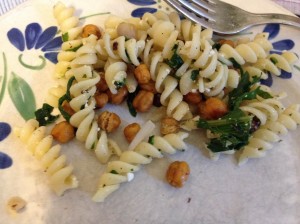Yikes. It’s been over two months since I’ve last written on this blog. Once I stopped writing for a while, the idea of posting another update or recipe became more and more daunting. On top of that, I wasn’t sure what to write about. I wasn’t cooking much.
The past few months have had their share of highs and lows. Being admitted to the hospital three times within a three week period was definitely a low. So was spending a consecutive 25 days there and missing my sister’s wedding. But my family visited frequently, I saw friends I hadn’t seen in a long while, and… (drumroll please!) I finished intensive chemotherapy!!
Huh?
Since last January, my chemo schedule has been pretty rough. I hadn’t had too many healthy days, and I constantly camped out in bed. Many weeks included 3 or 4 trips to outpatient therapy for chemo or blood, and I think we all know how prone to fevers I am. Lots of time spent in the hospital. Even when I was given drugs that normally help or don’t hurt too much, my reaction was quite the opposite. So I’m glad to have that chapter behind me.
Now, once my counts recover and I can resume treatment, I will have two years of maintenance therapy to get through before I can say, “Phew!” This treatment isn’t meant to bring down my blood counts or make me feel ill, so if it does either of these things, I will most likely take lower doses. Unfortunately, some of the main drugs I will be taking are ones to which I respond poorly. I’m hoping that taking lower doses will mitigate those side effects. Because this therapy is primarily meant to maintain my remission, I get to regain my strength, grow my hair out, eventually go back to work, and travel a bit. I have never been (and never will be) more excited to spend Christmas in Schenectady.
But in the meantime, I’m happy to hang out with Winston a.k.a. Mr. Wubbie a.k.a. Bubba Ghanouj. This is what he’s been up to lately:
It’s a pretty chill hangout.
I’ve had a nice break from chemo now, and I have a few more days to enjoy it (my treatment resumes this Thursday!) So I’ve gone back to the kitchen, trying out some Fall-inspired recipes and drinking lots of cinnamon tea. Below are a few ideas that make eating a neutropenic diet a lot more enjoyable this time of year.
One of my favorite things about Fall is the abundance of apples. They’re my favorite fruit, hands-down. The season brings so many different types, you could cut up one of each and serve an apple fruit salad. Southwestern PA has its share of tasty varieties, but nothing compares to an apple from Western NY. I’m sorry folks, it’s true. My mom recently brought down a bag of baking apples, and the minute I sliced into the first one, I did the happy dance. They smell so floral, yet earthy. Basically the best thing ever.
Right now, as my counts recover, I’m slightly neutropenic. I’ll eat a raw apple here and there (very well scrubbed!!), but I want to be cautious because, as I’ve learned time and time again, hospital bills are expensive. So apple sauce; apples, sausage, and cabbage; and baked apples are my go-to’s. I made the latter a few nights ago, just using whatever I had around. Here’s a rough recipe:
Ingredients:
- 2 baking apples (I used a few different green varieties)
- 2 handfuls of raw walnuts, about 1/2 cup
- 2-3 handfuls of Quaker oatmeal squares (Yes, the cereal. I only had steel-cut oats, and that didn’t seem appetizing.)
- 3-4 tbsp. maple sugar (Brown sugar is fine, but again, I had none on-hand.)
- 1 1/2 tsp. cinnamon
- Dash of nutmeg
- Dash of allspice
- 2 tbsp. butter
- Preheat oven to 375, and put on water to boil.
- Slice apples in half and scoop out core. Arrange them in a shallow glass or Corningware dish, skin facing down.
- Roughly pulse dry ingredients in a food processor.
- Pour mixture into apple halves, heaping any extra on top.
- Top each half with 1/2 tbsp. butter.
- Pour 1/4 cup boiling water into the bottom of the pan. Bake in oven for 30-45 minutes, or until apple is soft, but not falling apart.
The crunch of the topping contrasts the apple’s soft texture so well. Don’t overdo the nutmeg and allspice, or else it will taste bitter, but I say add more cinnamon if you want! ‘Tis the season.
If you really want some fresh fruit and are really tired of eating bananas and oranges, as I certainly am, eat a pomegranate.
The thick skin makes it neutropenic-friendly. I know what you’re thinking- easier said than done. That’s because you’ve been deseeding your pomegranates by breaking them apart in a bowl of water and sifting the flesh off the top. Well, be glad you’ve read this post this far, because boy, do I have a treat for you. I found this video about a month ago and haven’t feared picking up the fruit at the market since. Just score it around the center, pull it apart, and smack it with a spoon until all the seeds fall out.
I leave you with the simplest pizza ever, as shared with me by my friend Christina. My boyfriend and I made it a few weeks ago, and it’s definitely our new favorite. And it involves two things not often allowed in a neutropenic diet: pears and gorgonzola! I am a HUGE fan of all blue cheeses and have missed them dearly over the year. But since this pizza is baked, it’s safe to eat.
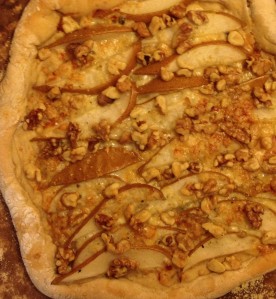
Just layer gorgonzola, pear, then gorgonzola again. Bake at 400 for 10-13 minutes, then add walnut pieces for the last few minutes.
We waited to take it out of the oven until all of the cheese was bubbly. There were no leftovers.
I will plan to write an update shortly after my maintenance phase begins. Thanks for reading, and enjoy these Fall fruits!



